Marble tile which is high-priced is an excellent option for embellishing your house, such as by laying it on your kitchen floor. It gives out the impression of wealth to those who experience it. Marble is often used in the construction of the most luxurious and aesthetically pleasing buildings, which have frequently been owned by royalty. It is a natural substance that is extracted from the ground. It may be purchased in a variety of designs and hues. 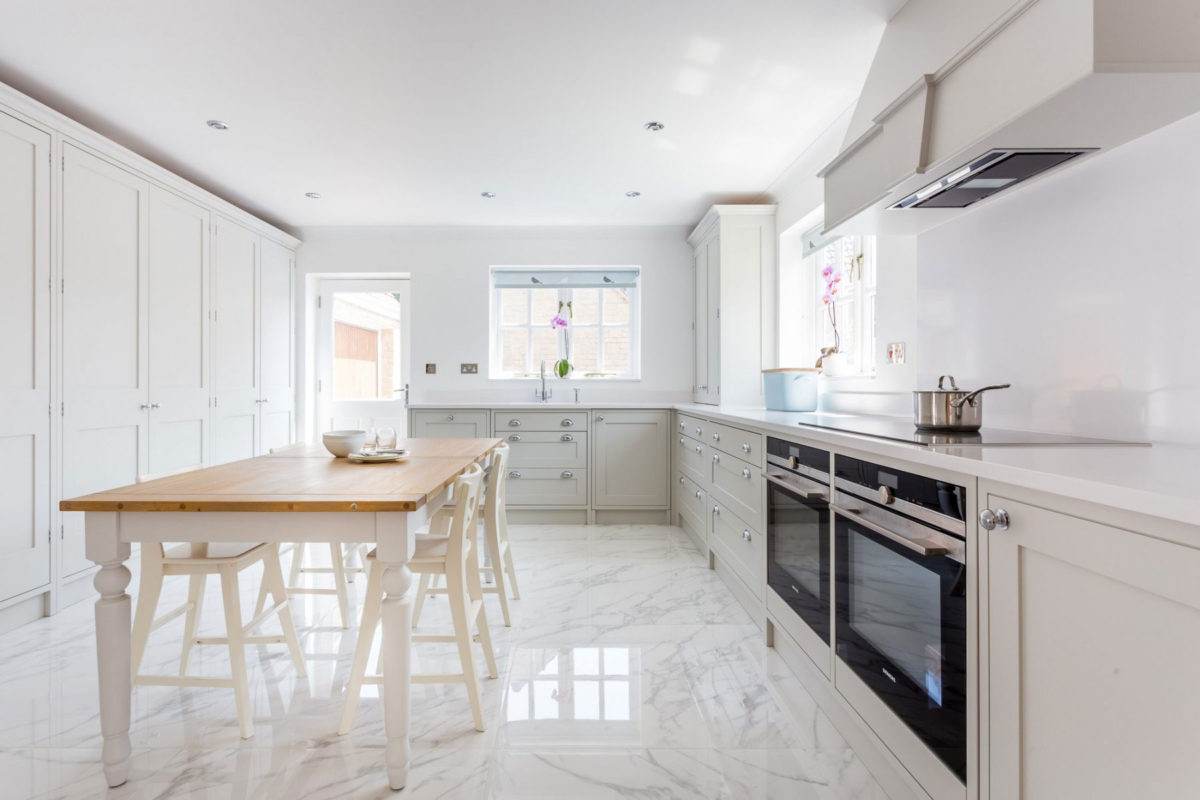 Marble kitchen floor tiles not only seem extremely lovely, but they also provide an air of sophistication to the room and provide the interiors with an additional push. Breccia, Carrara, and Calacatta marble are the three most sought-after varieties of stone. When considering whether or not installing marble tiles on your kitchen floor is a smart choice for you, it is important to keep in mind a number of distinct benefits and drawbacks. They are covered in the following discussion. Advantages of Having Marble Floors in the Kitchen
Marble kitchen floor tiles not only seem extremely lovely, but they also provide an air of sophistication to the room and provide the interiors with an additional push. Breccia, Carrara, and Calacatta marble are the three most sought-after varieties of stone. When considering whether or not installing marble tiles on your kitchen floor is a smart choice for you, it is important to keep in mind a number of distinct benefits and drawbacks. They are covered in the following discussion. Advantages of Having Marble Floors in the Kitchen
- It comes in a Variety of Colors and Patterns to Choose From
Marble may be found in a wide variety of hues and patterns. Each item is one of a kind, and the slab determines the design that it was cut from. Because of the one-of-a-kind character of this substance, it is a commodity that commands a very high price. The impact that is obtained by using it will never be the same and cannot be reproduced in any manner.
- It has a gorgeous sheen to it and can be polished to a high sheen.
Marble is a shiny and reflective substance. It is capable of taking on the polish to a significant degree, and after it has been polished, it has a wonderful sheen to it. After going through the refinery process, it reaches an extremely smooth consistency. Because marble is translucent, the interaction of light with the material produces a beautiful effect. You should have some ideas for marble kitchen flooring after reading this. Just try to picture how stunning your contemporary kitchen would seem if it had some polished marble.
- It is Entirely Consistent with Nature
The earth is the only and exclusive source of marble’s origin. People that choose natural construction materials over artificial ones find it appealing since it is not manufactured in any manner. In addition, marble is simple to recycle, making it possible to reduce the amount of pollution it causes. 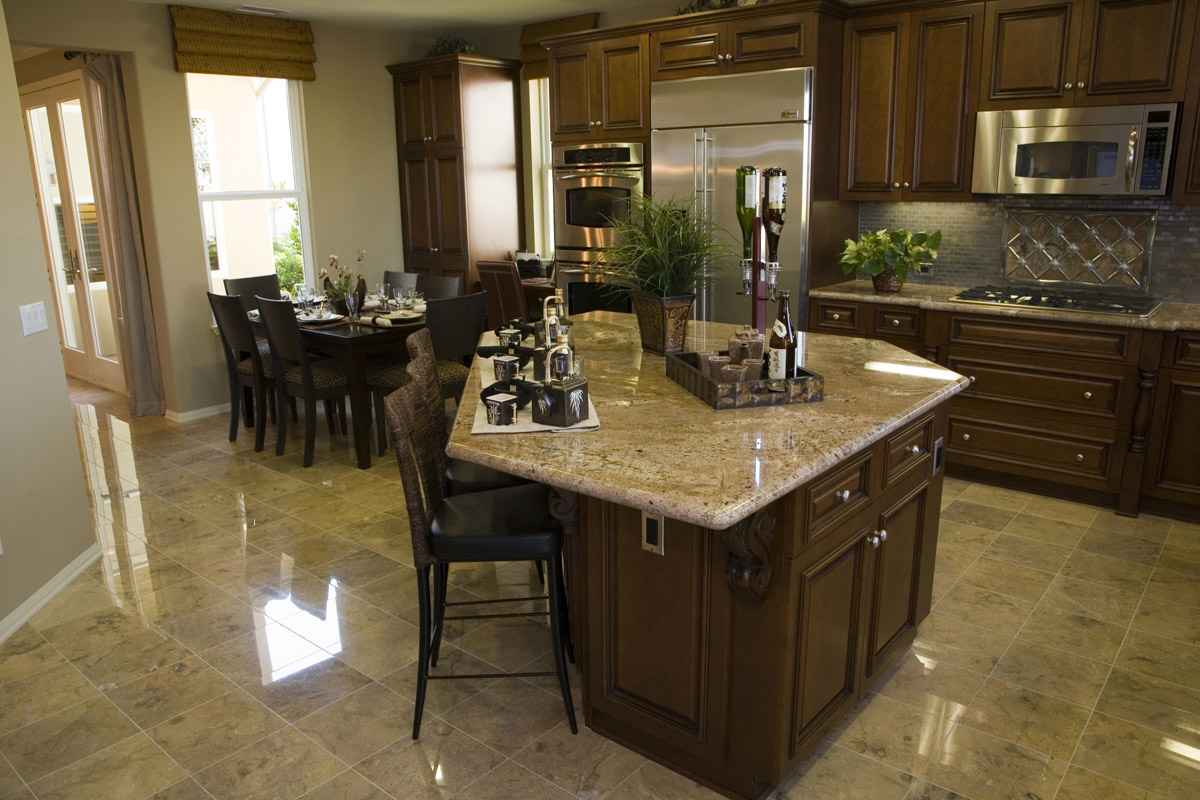 Cons of Having Marble Floors in the Kitchen
Cons of Having Marble Floors in the Kitchen
- It is a Very High-Priced Material
Marble is a luxurious yet pricey building material. The value of sculpture grows as a result of its many various kinds as well as its one-of-a-kind character, which causes it to be expensive. In addition, the price may go up depending on the quality as well as the kind of marble that is used. Before even considering the possibility of purchasing marble, it is important to have a spending plan in place. Marble, on the other hand, may have a very long lifespan if it is cared for properly and kept in good condition. This fact should not be overlooked.
- It does not have a scratch-resistant surface.
Because marble is a softer stone than other stones, it is more likely to be scratched or otherwise marked than other stones. It could be tough to remove these scratches, and you might need a skilled specialist’s assistance. When working with marble, extreme caution is required for safety reasons.
- Easily Stained or Soiled
Because of the alkalinity of marble, it is easily stained by acidic chemicals, which may be found in plenty in the kitchen. If the stain is not attended to as soon as it occurs, it may result in the appearance of a stain that is permanent.
- It Is Difficult to Maintain
Marble is a material that has to be maintained and cared for regularly. It is necessary to exercise caution, such as by sometimes applying a sealing agent, and to clean the area thoroughly. In addition, having marble put in is an expensive process, and removing it is also not a simple one. This kind of upkeep takes a lot of time and might possibly end up being pricey. 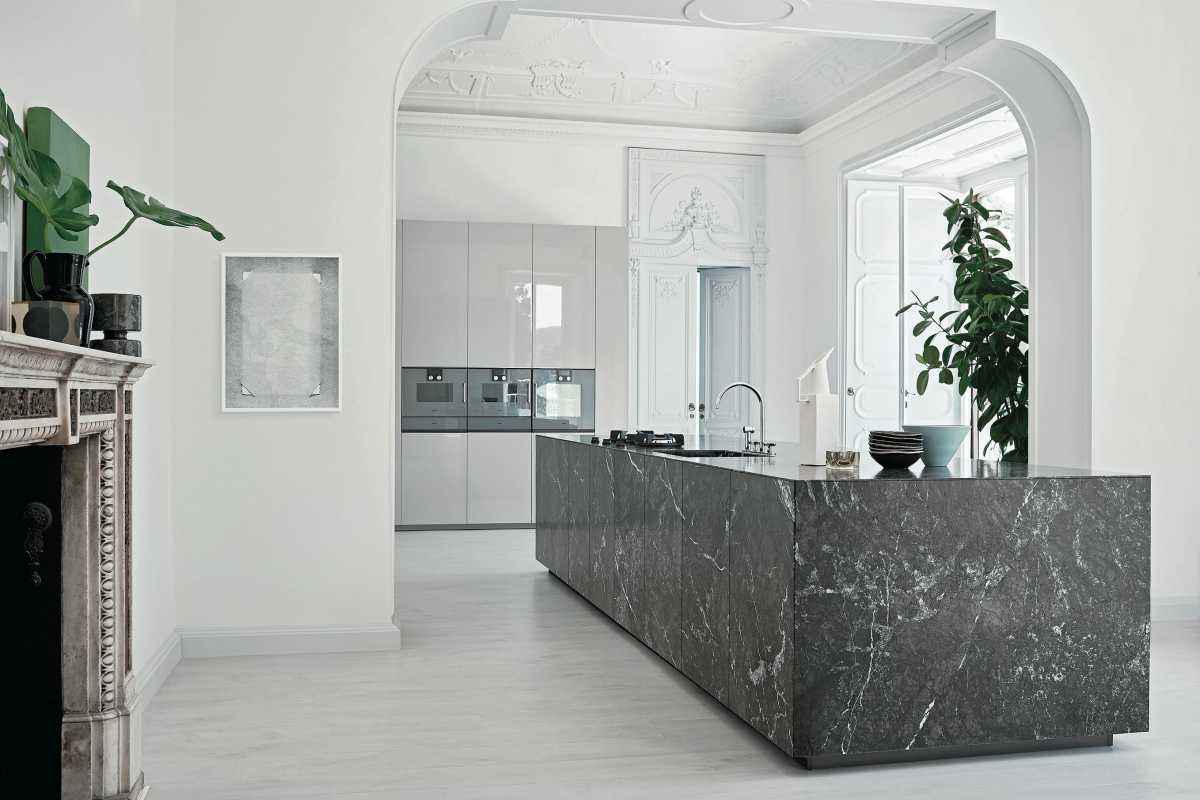
- Could contribute to the deterioration of the environment
Even though marble is a natural stone in and of itself, the extraction of marble necessitates a mining and quarrying process that damages the natural environment. Because of the myriad of negative impacts it has on the natural world, the practice of using it has been called into question because of concerns that it is not really eco-friendly.
- Slippery
After being polished, marble has a propensity to become slippery because it reduces the friction that occurs between a person’s shoe and the floor. When marble is installed in locations that have a propensity to remain wet or moist, such as washrooms, this must be kept in mind. Marble presents a risk of injury when it is wet; therefore, avoiding using it in a kitchen that has frequent flooding is probably a good idea. You are in a better position to assess whether or not marble floors would be a suitable choice for your house now that you have seen both the benefits and the drawbacks of what marble floors bring to the table, as the saying goes. Because there are so many stunning sorts, styles, and colors to choose from, your local environment will certainly acquire an air of sophistication, and giving off an air of affluence is almost always a positive thing. With a marble floor explicitly designed for kitchens, you can make the experience of spending time in your kitchen even more satisfying and visually beautiful. When deciding which marbles are ideal for your kitchen, you should keep the benefits above and drawbacks in mind when making your selections. 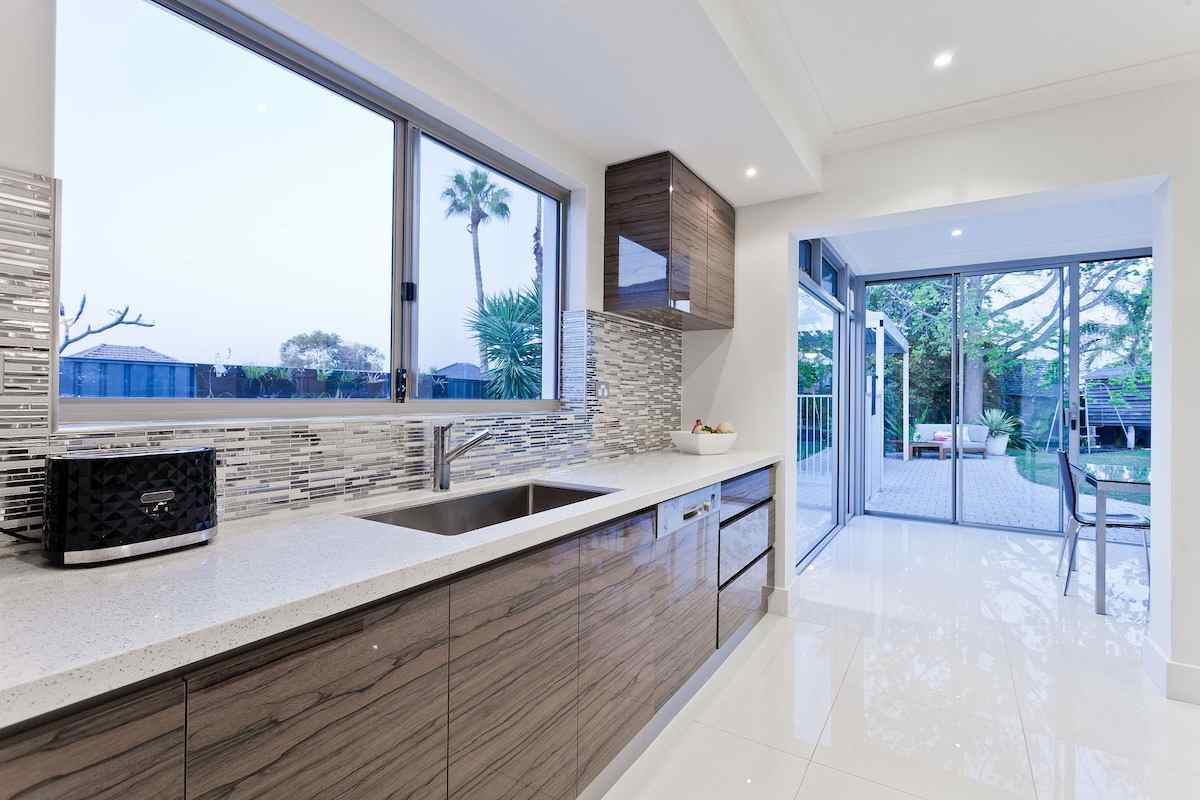
marble tiles
Even if we are considering a variety of alternatives for the flooring in our houses, none of us can deny the natural charm that marble tiles, an age-old favourite, provide to the room. The interiors of your home will have an air of lavishness and opulence because to the distinctive vein patterns that come with this stone. Marble flooring still exudes a sense of opulence and grandeur due to its long-standing association with the royal family. Consider installing flooring made of this material in your house if you want the sensation of your interiors to be cosier thanks to the addition of your flooring. The first order of business is an introduction: what exactly is marble flooring? Marble is a metamorphic stone, and there are many different colours of marble floors that can be purchased on the market today. These colours range from bright white to deep black. The majority of homes have flooring with lighter colours. This is because of the fact that it is naturally generated from limestone with a trace quantity of impurities that gives it a unique colour. This natural stone comes in a stunning array of colours, ranging from the most common whites, dusty pinks, and greys to less common shades of dark green and even black. You get to pick the colour of the stone! 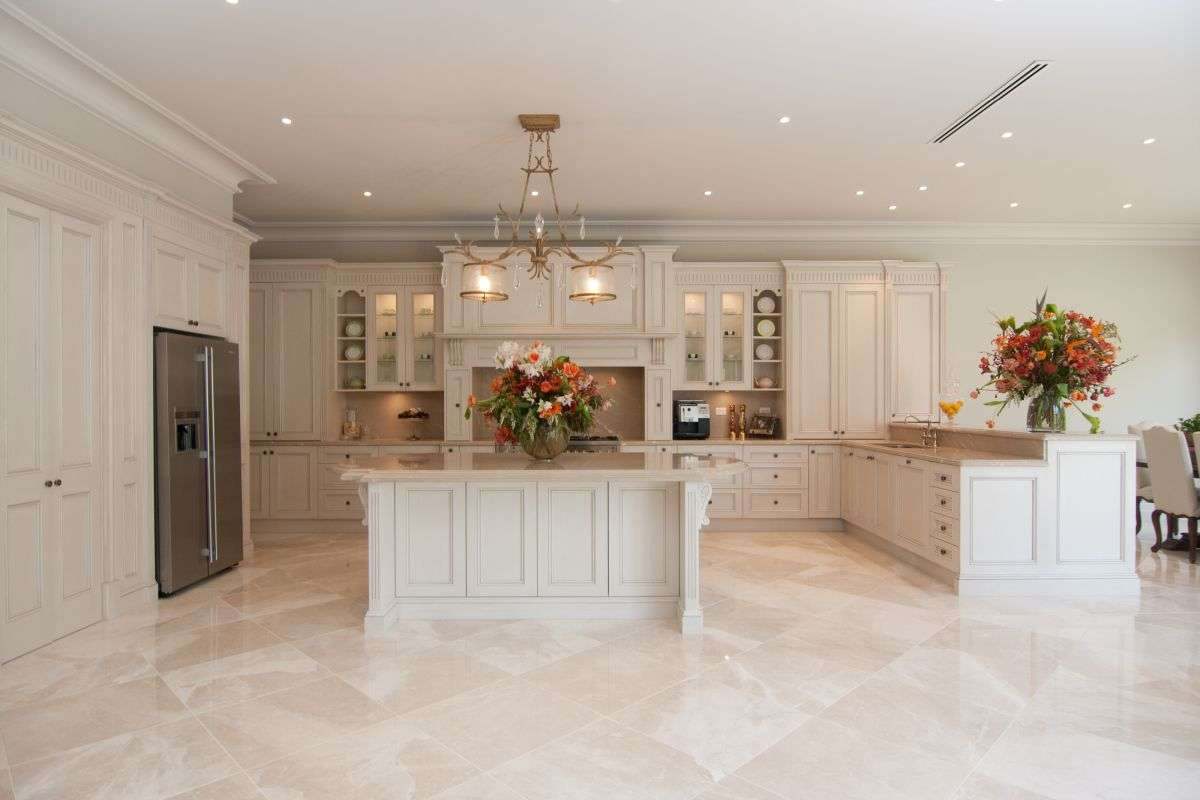 What Kinds and Colors of Marble Floors Are There to Choose From? On the market, one can choose from a wide variety of different kinds of marble flooring. The untrained eye may be fooled by their seeming similarity, but professionals are able to tell them apart because to the distinct grains and vein patterns each has. The following are some examples of prevalent varieties of marble flooring: Carrara: Carrara, which is located in Italy, is the location of one of the many quarries that provide the marble that is used in the construction of residential interiors. In general, it has a white, grey, or bluish-gray colour, and it has linear veining throughout. This has lines that are either very fine and little or very soft and fluffy. However, it is fairly uncommon for a spectacular vein pattern to appear here and there. This is something that may often be seen in the sculptures and decorations of buildings. This kind of Italian marble is used for statuary and has a consistent background that varies from light grey to darker grey tones and more dramatic veining. It has a propensity to reflect light, which causes the inside of the space to seem to have more illumination. It is often utilised as flooring within the house, particularly in areas that get a light amount of foot activity. How should I clean this floor made of Italian marble? Simply use a moist towel to wipe it down or a little detergent to clean it. Calacatta is yet another kind of Italian marble, and it is quite uncommon. It is often white in colour, and its distinctive black veins produce massive, dense patterns that distinguish it apart from the other varieties.
What Kinds and Colors of Marble Floors Are There to Choose From? On the market, one can choose from a wide variety of different kinds of marble flooring. The untrained eye may be fooled by their seeming similarity, but professionals are able to tell them apart because to the distinct grains and vein patterns each has. The following are some examples of prevalent varieties of marble flooring: Carrara: Carrara, which is located in Italy, is the location of one of the many quarries that provide the marble that is used in the construction of residential interiors. In general, it has a white, grey, or bluish-gray colour, and it has linear veining throughout. This has lines that are either very fine and little or very soft and fluffy. However, it is fairly uncommon for a spectacular vein pattern to appear here and there. This is something that may often be seen in the sculptures and decorations of buildings. This kind of Italian marble is used for statuary and has a consistent background that varies from light grey to darker grey tones and more dramatic veining. It has a propensity to reflect light, which causes the inside of the space to seem to have more illumination. It is often utilised as flooring within the house, particularly in areas that get a light amount of foot activity. How should I clean this floor made of Italian marble? Simply use a moist towel to wipe it down or a little detergent to clean it. Calacatta is yet another kind of Italian marble, and it is quite uncommon. It is often white in colour, and its distinctive black veins produce massive, dense patterns that distinguish it apart from the other varieties. 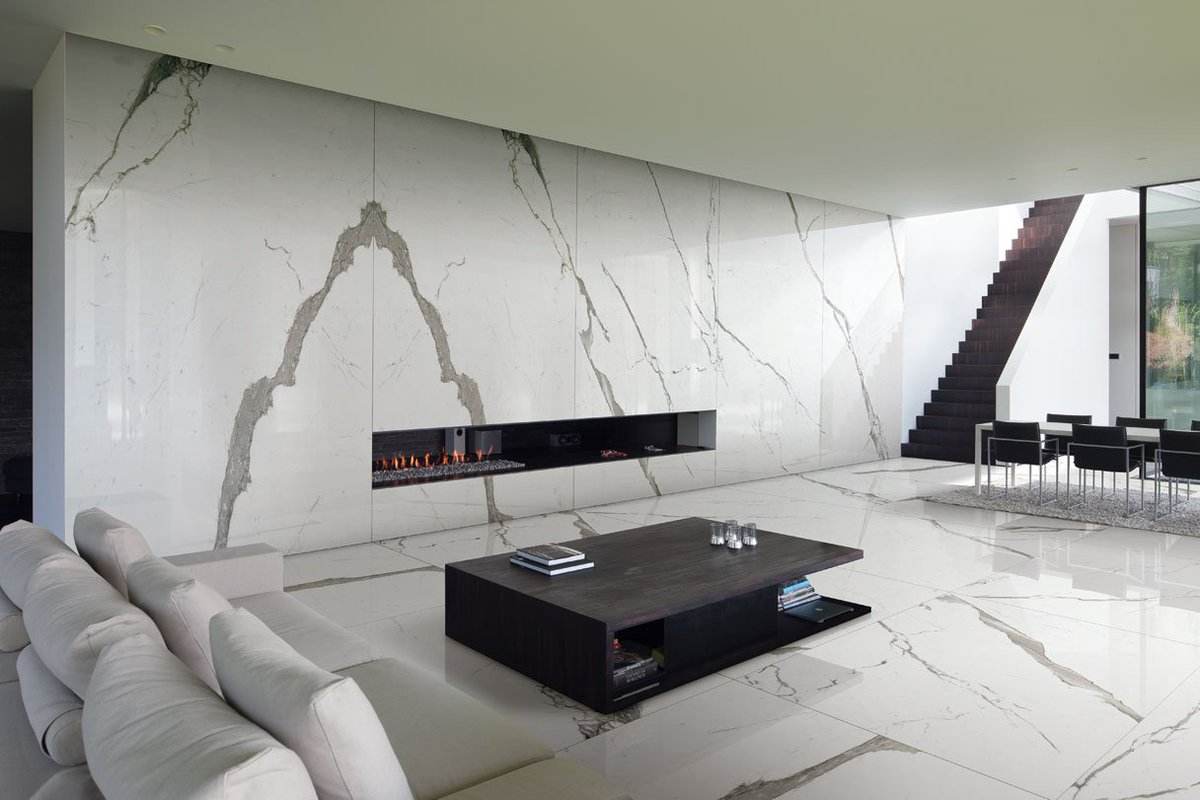 This stone, which is used in flooring applications in bathrooms and kitchens, is often regarded as a premium marble because to its limited availability. On the other hand, as a result of its porosity, it is not recommended for use in kitchen counters. How should I clean this floor made of Italian marble? Simply use a moist towel to wipe it down or a little detergent to clean it. This stone, which originates in Spain, is known as emperador and comes in a number of different colours of brown. It is distinguished by having fine grains and uneven veining throughout. Because of its often dark colour, it is an excellent option for use in locations that see a lot of foot activity. Crema Marfil is another kind of marble that is extracted from quarries in Spain. The most typical tiles have a backdrop that is white, light beige, or yellow in colour, and they have a square shape. However, the degree of the veining in this variety varies, and the veining itself might be uneven. It is often used in the cladding of exteriors, flooring, and other decorative applications. Flooring Made of Rough Marble In addition to all of these popular alternatives, flooring made of rough marble is also becoming more popular in families where older people live. The majority of bathrooms have flooring made of rough marble because it helps produce surfaces that are less likely to be slippery.
This stone, which is used in flooring applications in bathrooms and kitchens, is often regarded as a premium marble because to its limited availability. On the other hand, as a result of its porosity, it is not recommended for use in kitchen counters. How should I clean this floor made of Italian marble? Simply use a moist towel to wipe it down or a little detergent to clean it. This stone, which originates in Spain, is known as emperador and comes in a number of different colours of brown. It is distinguished by having fine grains and uneven veining throughout. Because of its often dark colour, it is an excellent option for use in locations that see a lot of foot activity. Crema Marfil is another kind of marble that is extracted from quarries in Spain. The most typical tiles have a backdrop that is white, light beige, or yellow in colour, and they have a square shape. However, the degree of the veining in this variety varies, and the veining itself might be uneven. It is often used in the cladding of exteriors, flooring, and other decorative applications. Flooring Made of Rough Marble In addition to all of these popular alternatives, flooring made of rough marble is also becoming more popular in families where older people live. The majority of bathrooms have flooring made of rough marble because it helps produce surfaces that are less likely to be slippery. 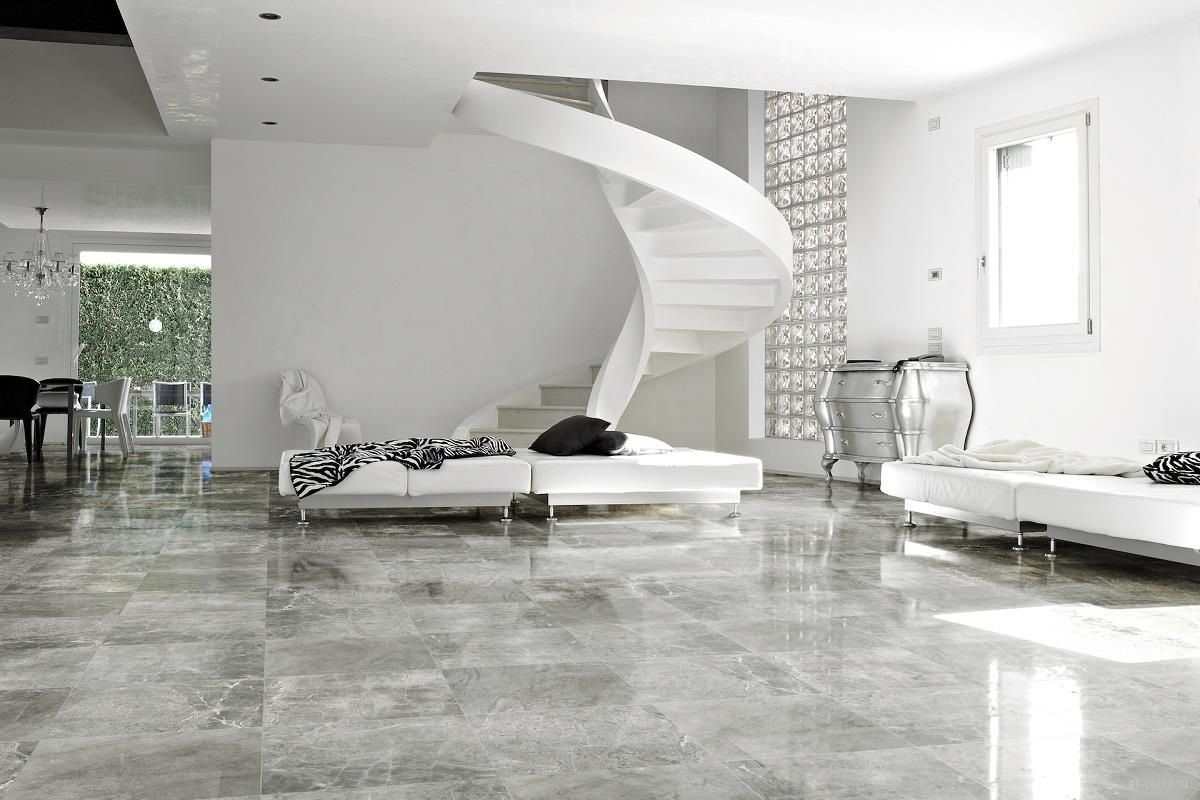
marble floor tiles
The use of marble tiles on flooring may reduce or even eliminate the requirement for accent items since they draw attention to the floor itself. Because of its ability to withstand high temperatures, it is an excellent option for use in a kitchen or even a fireplace. This porous stone may be rendered waterproof with the use of appropriate sealing and marble floor polish. Therefore, you may even use it in the bathrooms of your home! It goes without saying that it is useful in a variety of locations around the home. Because marble is polished to get its glossy look, you may choose to use it in parts of your house that receive little foot traffic to lessen the amount of wear and tear caused by foot traffic. This will preserve the beauty of your property for a longer period of time! However, cleaning marble floors might make them more hazardous to walk on. This might be a recipe for catastrophe if you have young children or elderly relatives living in the house with you. How Should Marble Flooring Be Maintained? How should marble flooring be cleaned? Simply wipe with a cloth that is soft and wet. It is widely believed that porous marble is difficult to maintain, but before you accept this as a proven truth, give it some more thought! Even beverages like tea and coffee, as well as fruit juices, are capable of leaving stains on this flooring. This is a fact. However, you are still able to have immaculate flooring! Following these steps will ensure that your marble flooring remains in pristine condition: 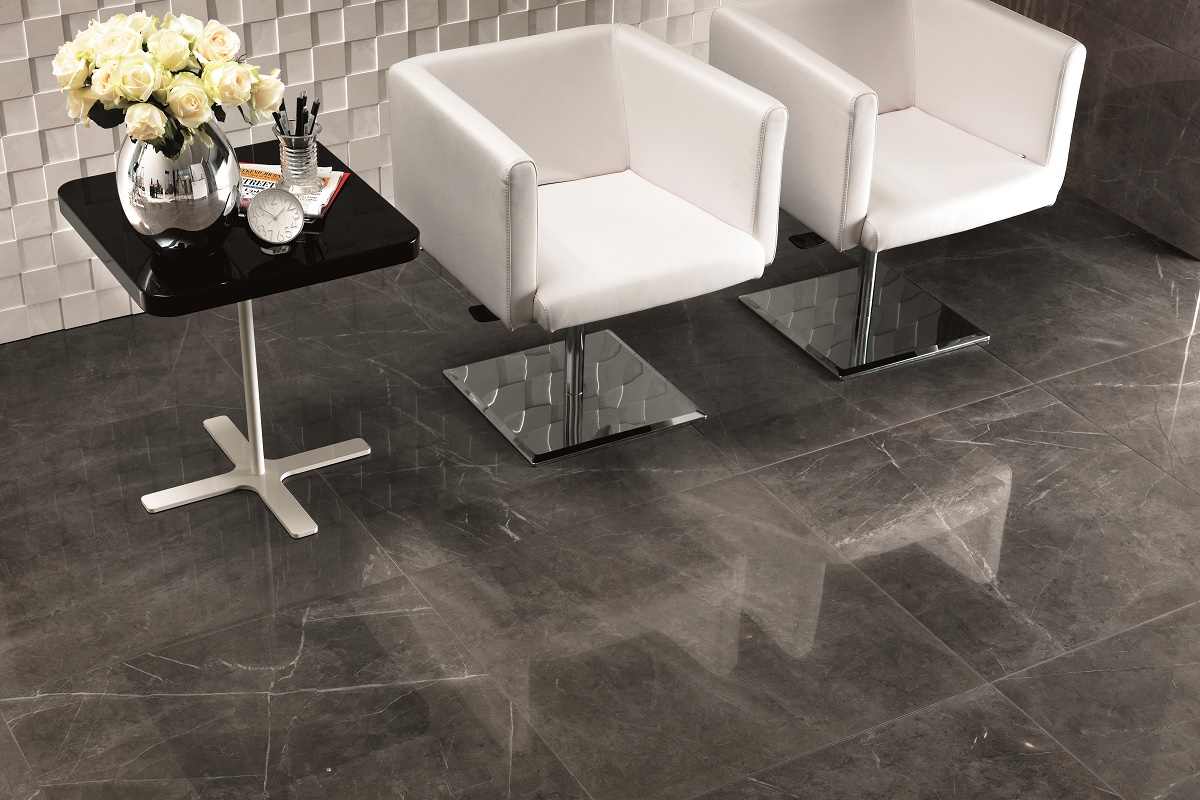 Regular cleaning: The most important concern is how to properly clean marble flooring. When you clean your floors on a regular basis, you should use a mop or a soft cloth. Select gentle cleaning chemicals and stay away from acids and alkaline products, all of which have the potential to etch or scratch this stone. Instead, choose for a gentle treatment that will maintain your floor in pristine condition for a considerable amount of time. The process of cleaning up spills: In the event that liquid is spilled, the affected area must be cleaned as quickly as possible to shun the stain from becoming permanent. If this is not the case, sprinkle baking soda over the marble surface, and then remove it with a towel that is clean and moist. Take extra precautions to ensure that no scratch marks are left. In addition to this, make sure that you remove all of the baking soda! The process of sealing the floors involves applying a floor sealer if you wish to prevent stains from appearing on the flooring. This creates a layer of protection over the natural stone and protects it from coming into direct contact with any potentially hazardous chemicals. If you want to prevent water from getting into your marble flooring in the kitchen or bathroom, you will need to use a sealer. This is especially important if you have marble floors already.
Regular cleaning: The most important concern is how to properly clean marble flooring. When you clean your floors on a regular basis, you should use a mop or a soft cloth. Select gentle cleaning chemicals and stay away from acids and alkaline products, all of which have the potential to etch or scratch this stone. Instead, choose for a gentle treatment that will maintain your floor in pristine condition for a considerable amount of time. The process of cleaning up spills: In the event that liquid is spilled, the affected area must be cleaned as quickly as possible to shun the stain from becoming permanent. If this is not the case, sprinkle baking soda over the marble surface, and then remove it with a towel that is clean and moist. Take extra precautions to ensure that no scratch marks are left. In addition to this, make sure that you remove all of the baking soda! The process of sealing the floors involves applying a floor sealer if you wish to prevent stains from appearing on the flooring. This creates a layer of protection over the natural stone and protects it from coming into direct contact with any potentially hazardous chemicals. If you want to prevent water from getting into your marble flooring in the kitchen or bathroom, you will need to use a sealer. This is especially important if you have marble floors already.
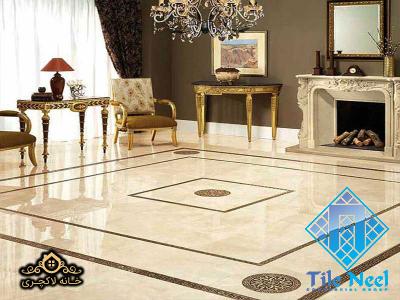

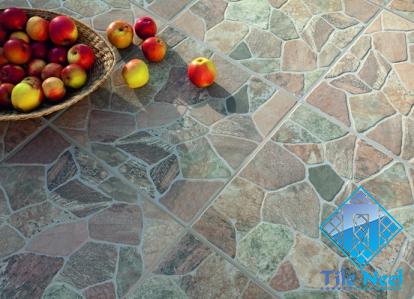
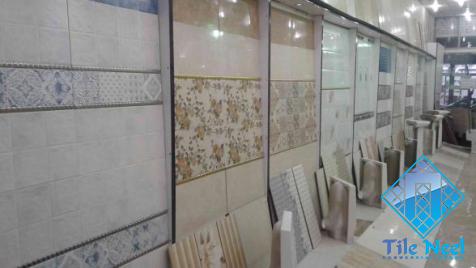
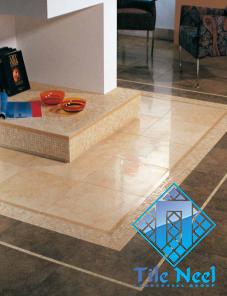
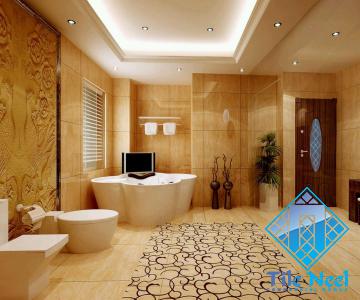
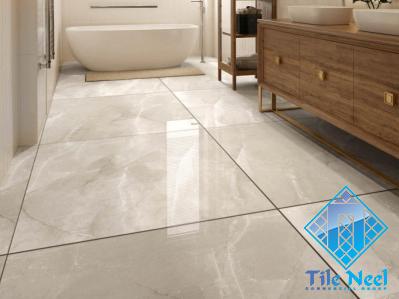

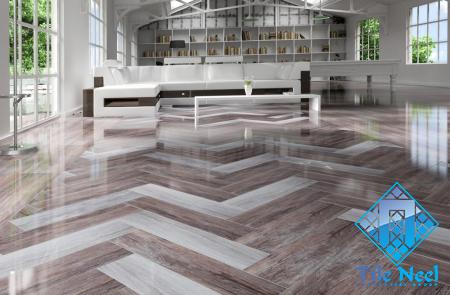
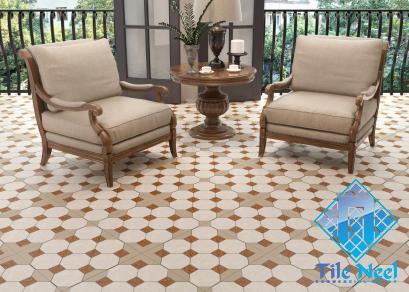
Your comment submitted.